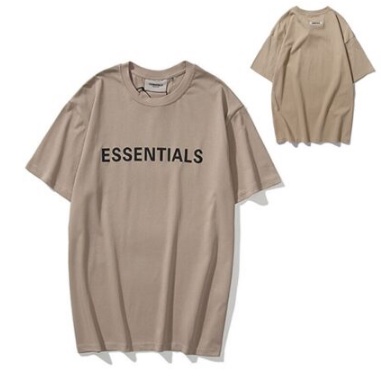Introduction
Fashion has been an integral part of human history, reflecting the cultural, social, and economic dynamics of each era. Throughout the centuries, clothing has served both functional and expressive purposes, adapting to the needs and tastes of the times. This essay explores essential clothing in various fashion eras, from ancient civilizations to the modern age, highlighting the significance and evolution of attire.
- Ancient Civilizations (3000 BCE - 476 CE)
In ancient civilizations, clothing was primarily functional, reflecting the environment and culture. For example, the Egyptians draped themselves in linen garments, while the Romans wore tunics and togas. The essential clothing of this era emphasized comfort and modesty, with fabric and style choices influenced by the climate and social hierarchy.
- Middle Ages (476 CE - 1453 CE)
The Middle Ages saw significant developments in fashion, driven by advancements in textile production. Essential clothing included tunics, gowns, and hoods made from wool and linen. The emergence of the European guild system influenced craftsmanship, leading to intricate embellishments and tailoring. This era marked the birth of regional fashion styles, with each kingdom and city having its unique clothing culture.
- Renaissance (14th - 17th centuries)
The Renaissance was a time of innovation and artistic expression, reflected in clothing. Essential garments featured elaborate designs, intricate embroidery, and the use of luxurious fabrics like silk and brocade. Corsets, puffed sleeves, and doublets became popular, emphasizing the human form. Fashion in this era was a statement of social status and personal aesthetics.
- Baroque and Rococo (17th - 18th centuries)
The Baroque and Rococo periods saw opulence and extravagance in clothing. Essential attire included corseted dresses, wigs, and powdered faces. Fabrics like silk and satin were used lavishly, with garments adorned in lace and ribbons. Fashion was a symbol of affluence, and the attire was highly impractical but visually striking.
- Industrial Revolution (late 18th - 19th centuries)
The Industrial Revolution brought significant changes to clothing production, making essential attire more accessible. Ready-made garments became common, and the fashion industry boomed. The key piece during this era was the tailored suit for men and the day dress for women. Simplicity and functionality were prioritized in everyday clothing, while elaborate garments remained reserved for special occasions.
- Victorian Era (19th century)
The Victorian era is known for its strict dress codes and a clear division of clothing for different social classes. Essential clothing included corsets, high-collared shirts, and hoop skirts for women, while men donned frock coats and top hats. Modesty and formality were the hallmark of Victorian fashion, and the period saw the emergence of the first fashion magazines.
- Roaring Twenties (1920s)
The 1920s brought a revolutionary change in fashion. Essential attire included drop-waist dresses for women and tailored suits for men. Flappers embraced shorter hemlines and daring fashion, symbolizing a shift towards freedom and independence. The Jazz Age introduced the concept of casual wear and ready-to-wear fashion.
- Mid-20th Century (1940s - 1960s)
World War II had a significant impact on fashion, with utility clothing and rationing influencing essential attire. After the war, the 1950s marked a return to elegance with full skirts and tailored suits. The 1960s brought the miniskirt and bold patterns, reflecting the cultural shifts of the time.
- Contemporary Fashion (Late 20th Century - Present)
In the late 20th century, essential jacket fashion became more diverse and individualistic. Essential clothing evolved with the times, incorporating denim, graphic t-shirts, and athleisure wear. Sustainability and ethical fashion practices also gained importance in the modern era. Today, people have the freedom to express their style in a way that best represents their personality and values.
Conclusion
Throughout history, essential clothing has been a reflection of the times, encapsulating the cultural, social, and economic nuances of each era. From the functional attire of ancient civilizations to the extravagant garments of the Baroque period, and the revolutions in the 1920s and 1960s, fashion has always been an evolving art form. In contemporary fashion, it is the embodiment of individuality and self-expression, emphasizing the importance of personal style and values. Clothing is not merely a cover; it is a canvas through which humans convey their identities and aspirations, creating a rich tapestry of fashion eras that continue to shape our world.


No comments yet